I have mentioned the "wood shed" before. It is a small structure used to store wood and parts chassis and occasionally a radio that is so far gone, but interesting enough to avoid becoming firewood - at least for a while.
Received from a fellow collector, this is a Western Air Patrol 5 Tube Super from around 1935. The story on this one was that it had been placed on a table, outside, for a garage sale. Then it rained. Either that or someone had taken it for a swim or used it to decorate an aquarium.
In any case, the front panel was shot. fortunately, the rest of the cabinet was in relatively good shape which is unusual since it is constructed from solid mahogany. Most of the time a "solid wood" panel is going to warp when soaked in water. The entirely missing finish may have actually helped to avoid warping - or I just got lucky.
This is a west coast radio manufactured by the Gilfillan plant in LA. It was built for Western Auto and carries the Western Air Patrol badge, which lights up in the left-side escutcheon. It is similar to radios built by Gilfillan and sold under their name or for retailers such as Herbert Horn (Tiffany Tone). Chassis were very similar as were the cabinets.
Note the tone and band selector knobs on the back of the chassis.
At first I thought that it had been subjected to a lot of marginal repair work. The power transformer was askew, mounted using two bolts since the other two did not line-up. It might be a Los Angeles sourced replacement - the same color (grey) and shape as the originals that I have seen online. The leads did not line up with the original (design) penetration, but , the new hole was punched (flare on bottom side) rather than being drilled as you would normally find in a substitute style repair.
Solder joints were poor. two components leads were entrapped in solder blobs but were still loose. All of the connections to the chassis were poor. In the above picture, see the candohm that is attached by a blob to the chassis and only at one end. This seems to be the case on other examples of this chassis as well. Leads were wrapped but not trimmed.
The clamp on that filter cap was never going to hold it securely in place.
The tone control and the band switch controls exit the rear of the chassis. I would hope that this was due to a last minute production change rather than by design.
The mouse damage did not help. (How hungry does a mouse have to be to eat plastic?)
Other Gilfillan examples below.
https://www.russoldradios.com/blog/one-of-a-kind
Russ

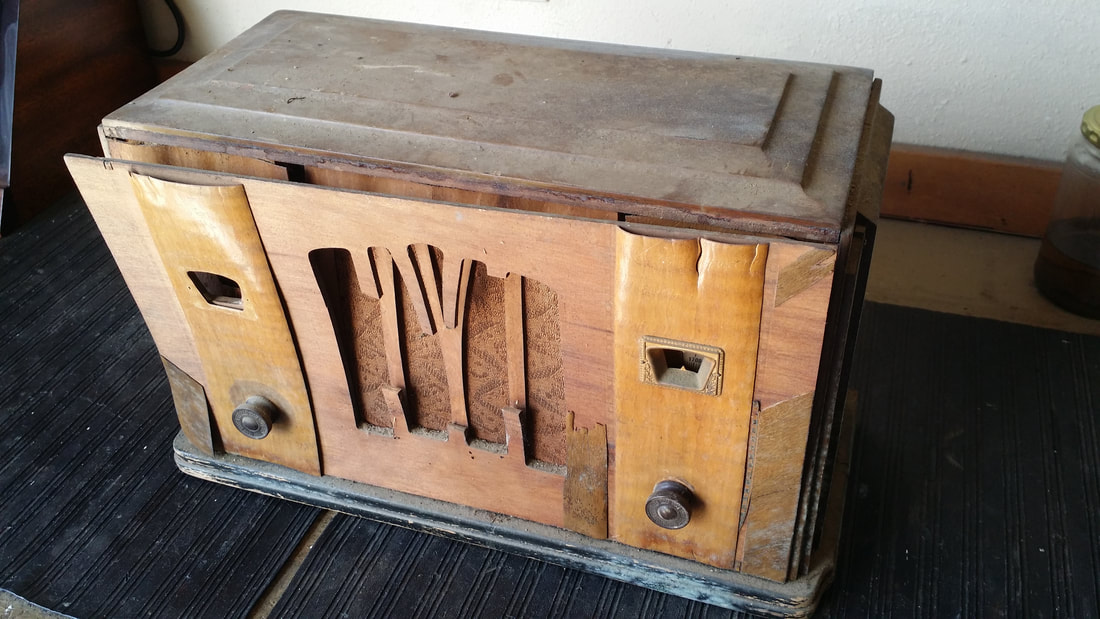
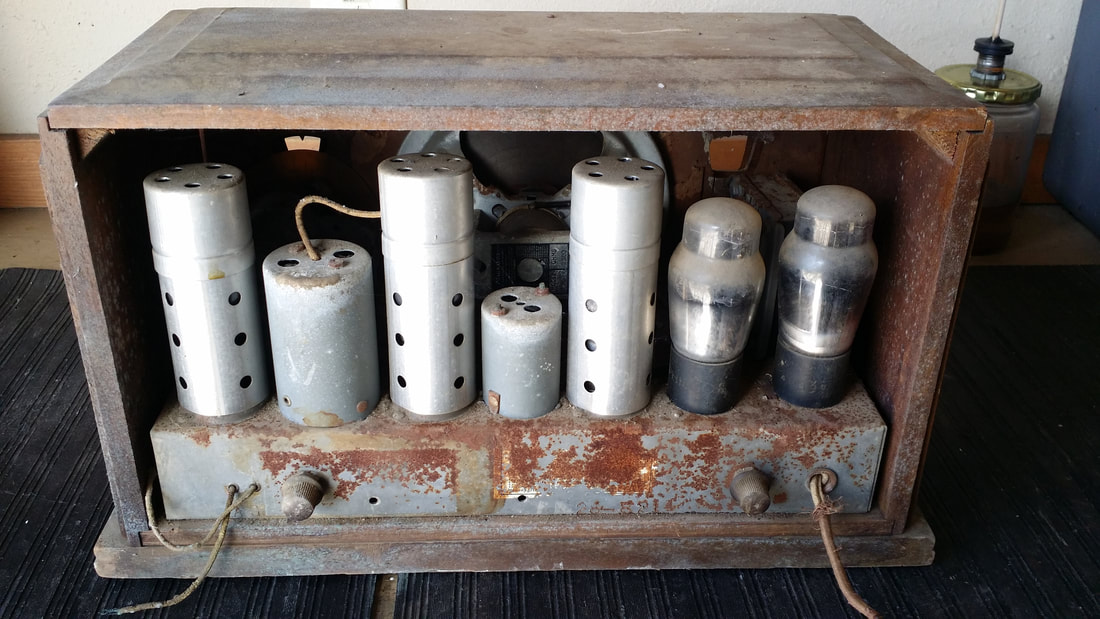
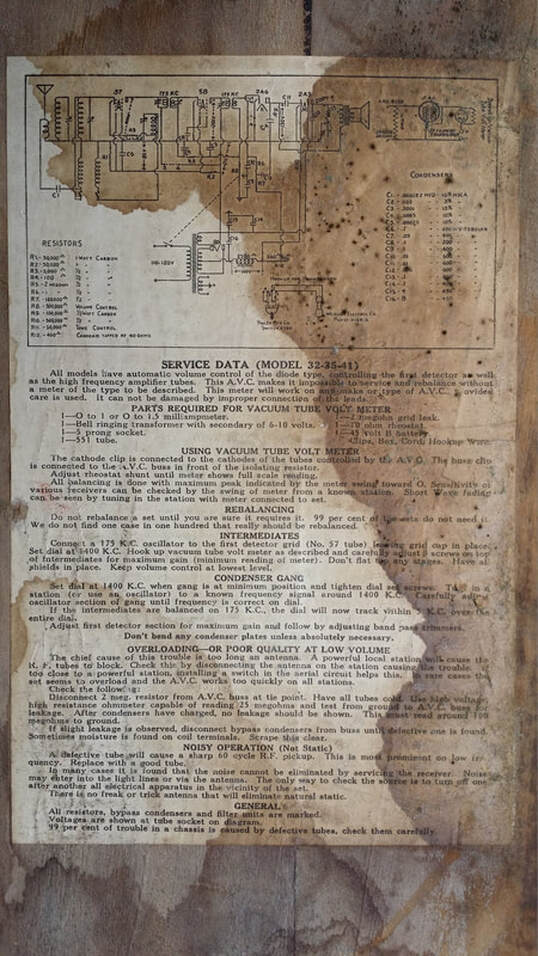
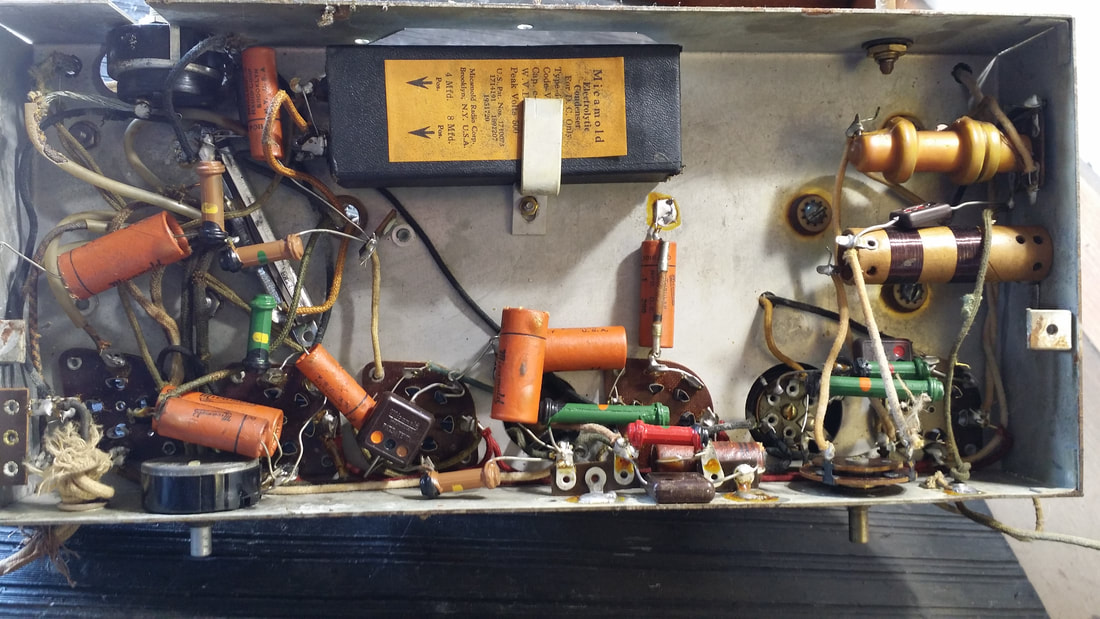
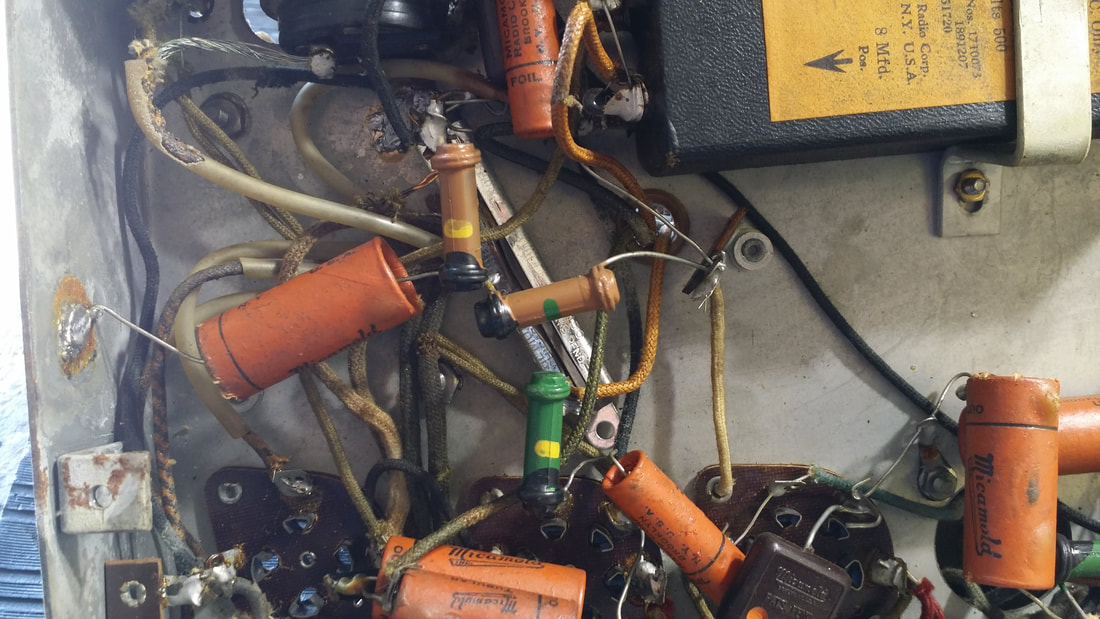
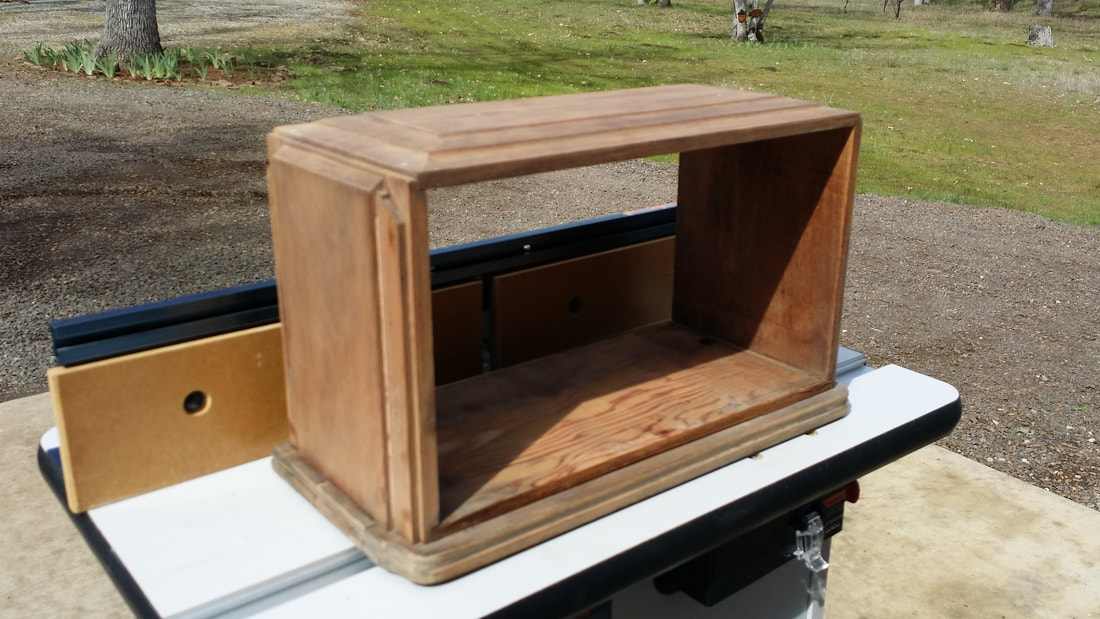
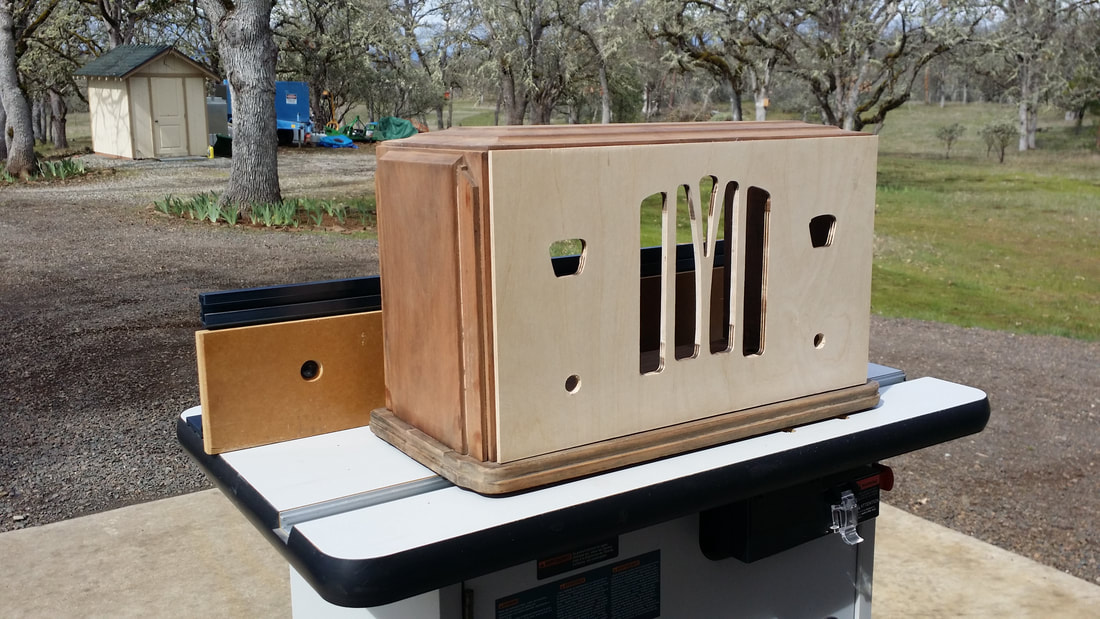
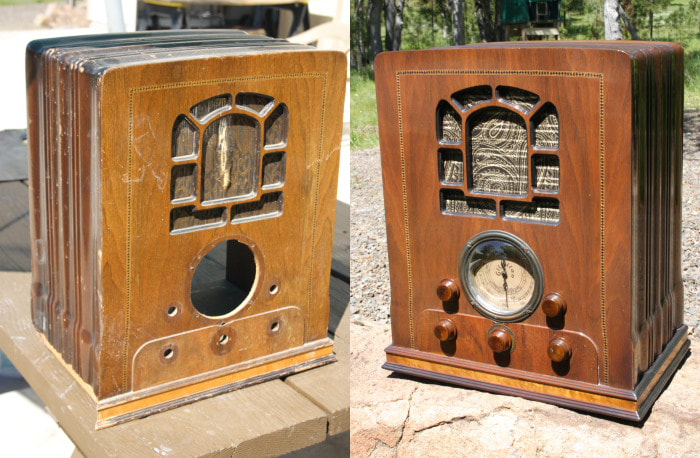
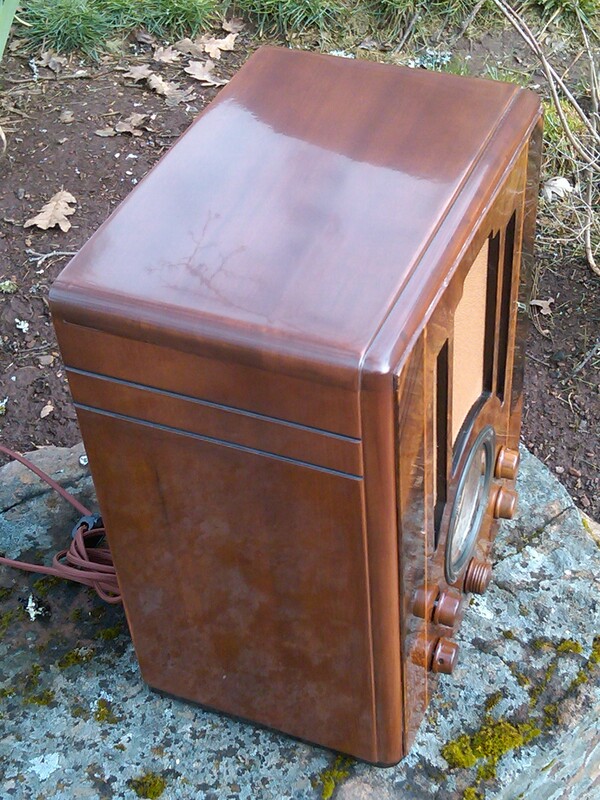
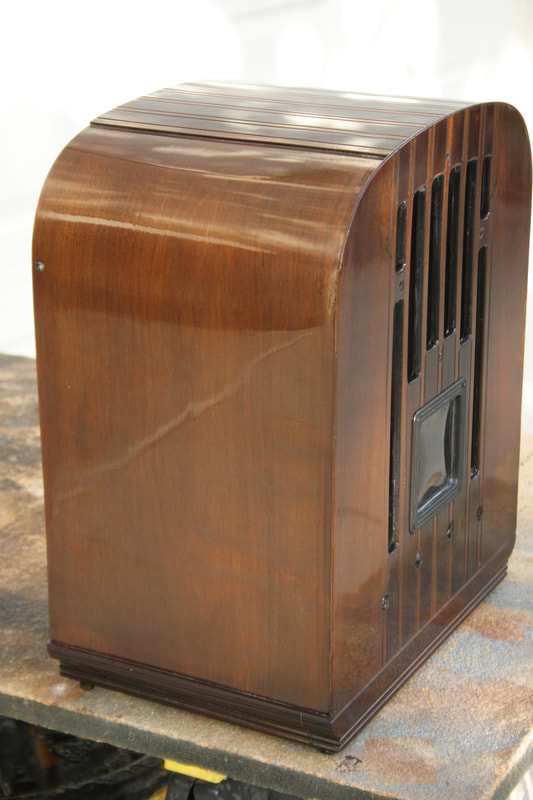
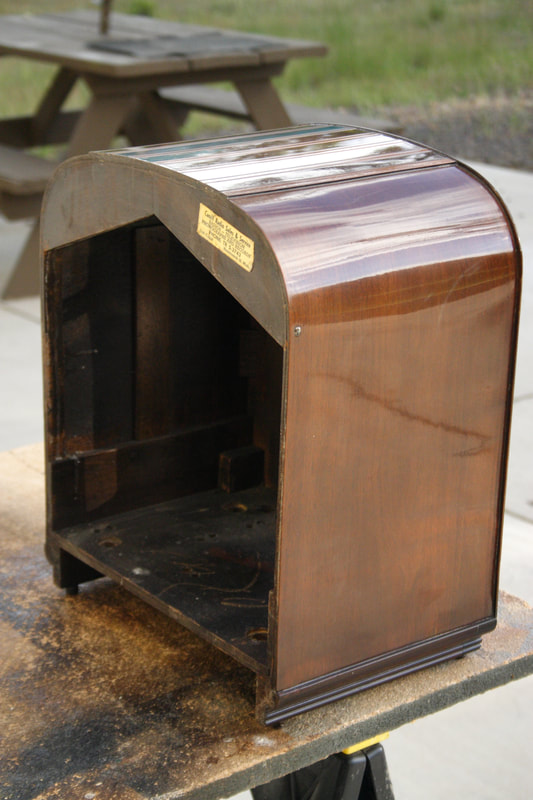
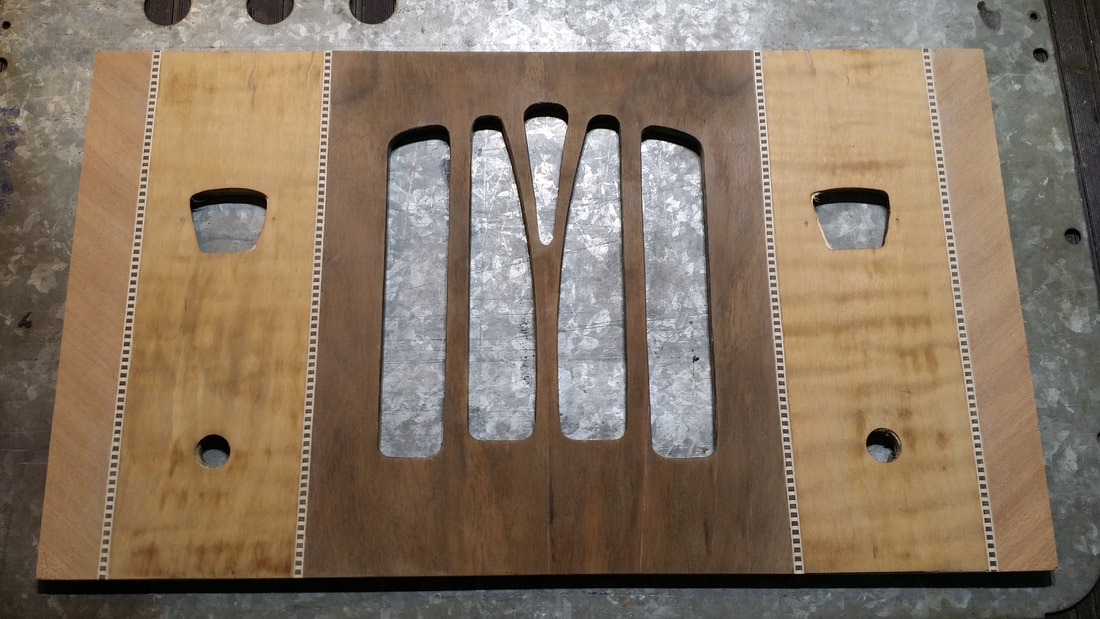
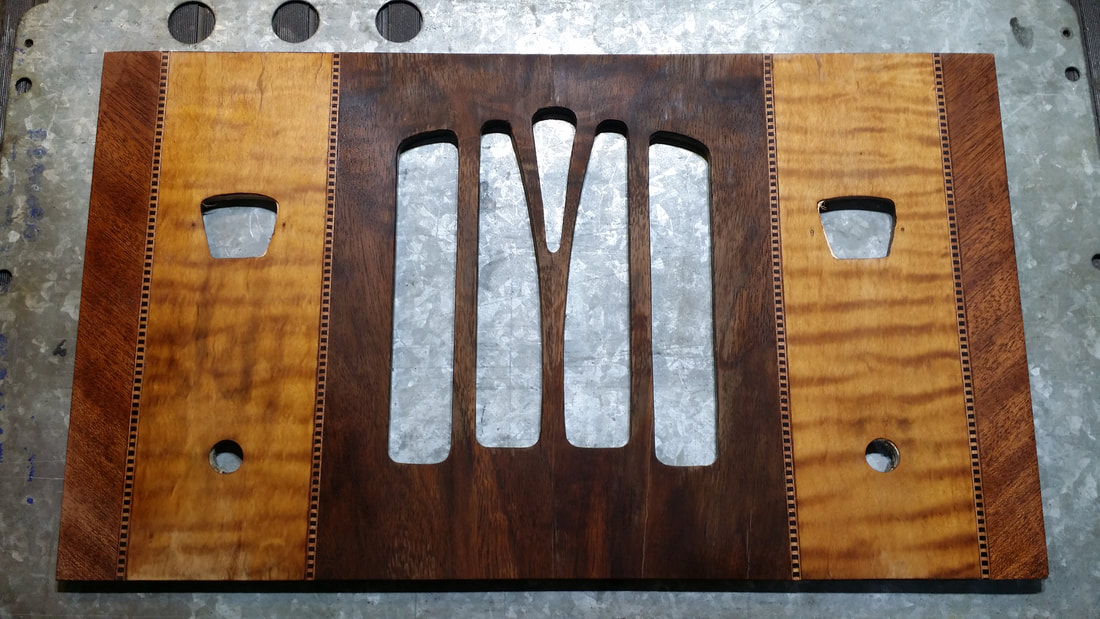
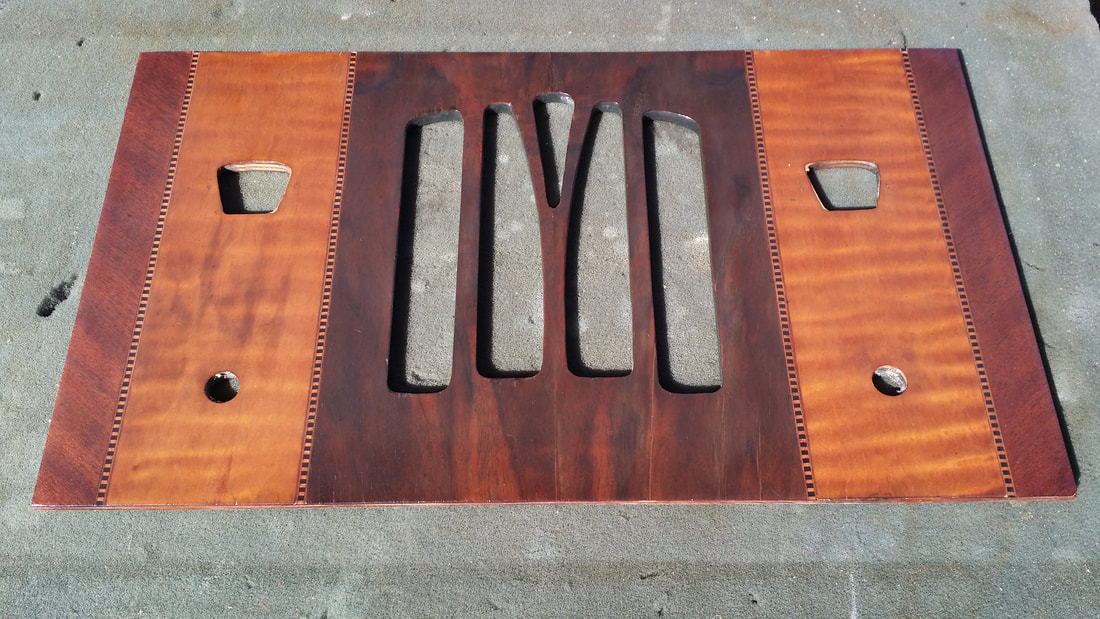
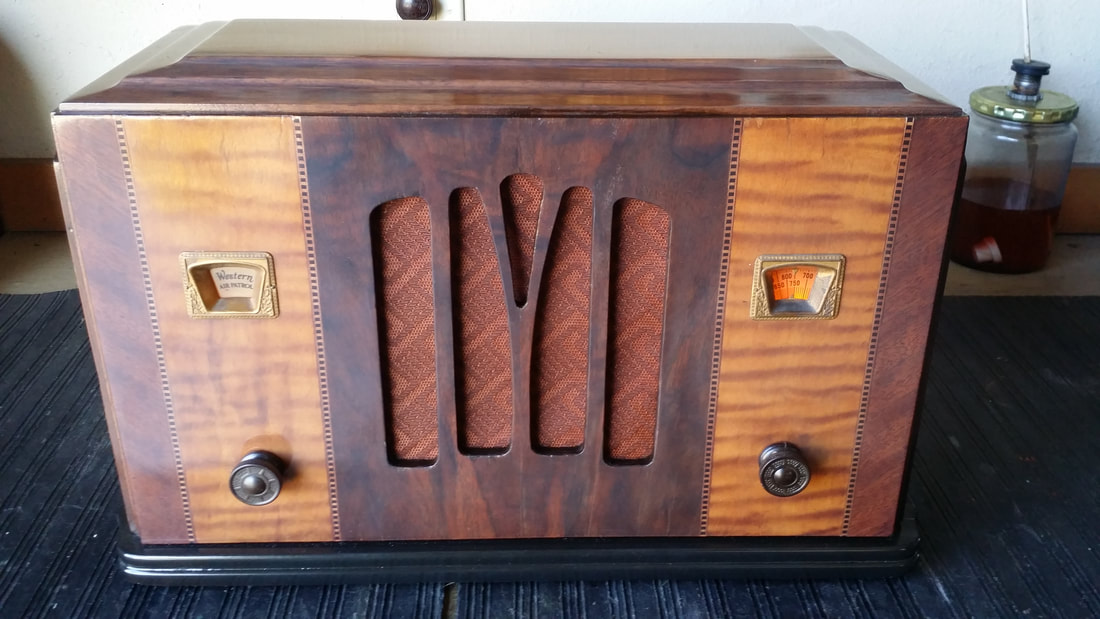
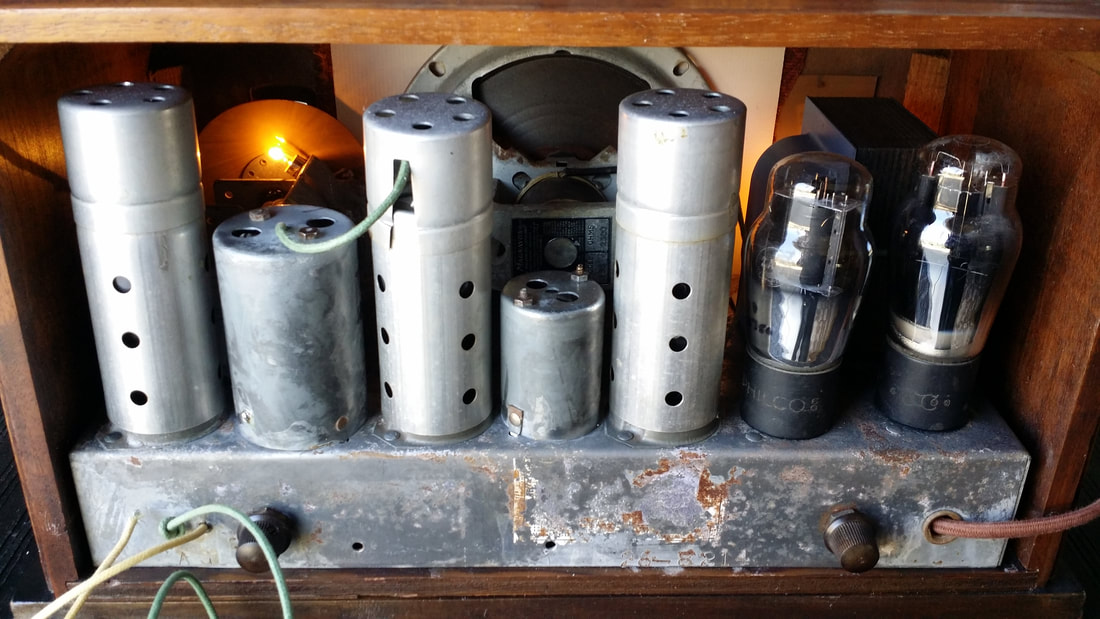
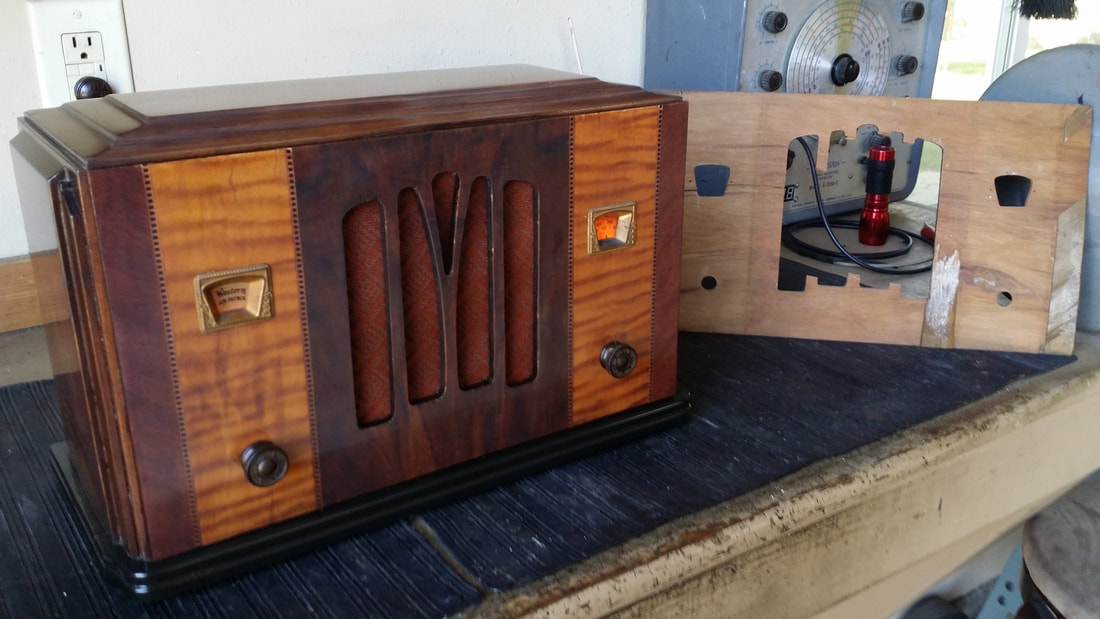
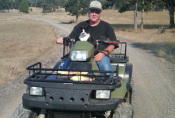
 RSS Feed
RSS Feed